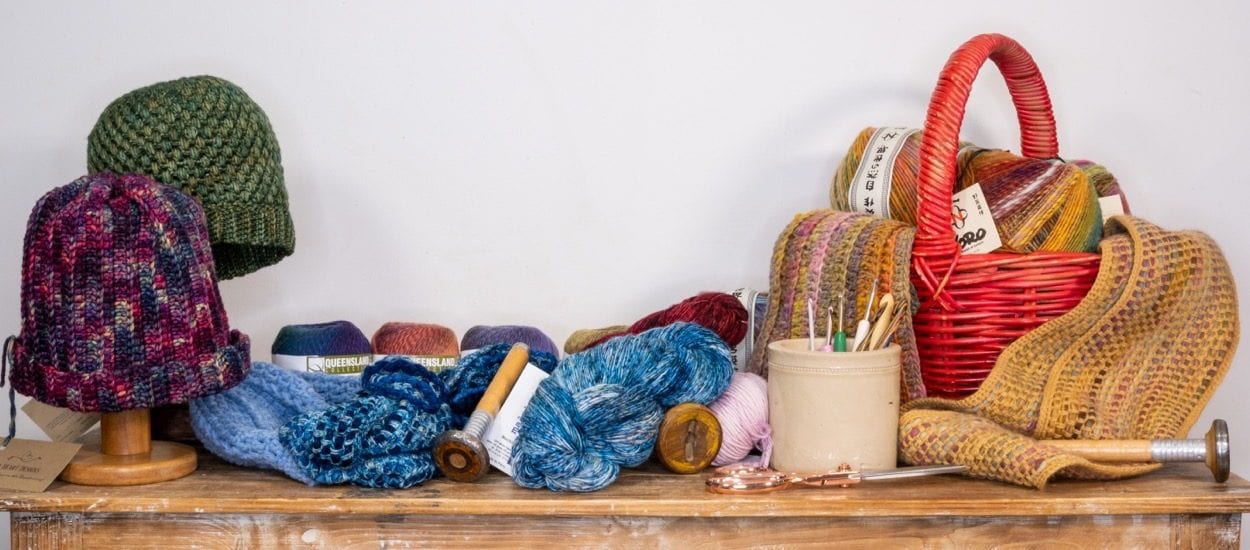
After learning to crochet I soon discovered that not all yarn was the same. I could have the most beautiful looking yarn on my hook but if it didn’t feel right or was not soft enough I struggled to enjoy and complete the project. For me the feel, colour, fibre type and wash ability were all important factors in choosing yarn for the collection. We have sourced our beautiful quality yarns from around the world and have tested all yarns on many projects before giving them our tick of approval.
Whilst the feel is important I only recently discovered how important it is to know how the yarn is produced. Last year we were on holidays in the Flinders Ranges South Australia where we stayed on a local sheep station that produces merino wool. While there we went on a couple of station tours with the owner and being in love with wool I asked many questions about the process’s used for care of the sheep and production of the wool. After our stay I did a lot of reading about practices all over the world for treatment of animals and wool production. I’m all for using animals for us “humans” needs BUT to put an animal through the mulesing process that cause’s them pain for us to have pretty yarn is not something I could continue to support. At the bottom of this page I have written a little about the mulesing practices for those that want to read more as for some its quite distressing. With that foremost in my mind all yarn in our collection is sourced from producers that have ethical practices in place.
Mulesing
This is the practice of cutting away the folds of skin on the backside of the sheep to prevent Flystrike. This has become a contentious issue in Australian sheep farming as it is seen as cruel to inflict this painful procedure on sheep. Many farmers use anaesthetic’s and antibiotics but not all do and it’s difficult to find out who does and doesn’t. As with anything there are two sides to this story. Mulesing is done to prevent Flystrike. Flystrike is where blowflies lay their eggs in the warm moist folds of skin on the backside of the sheep and these then turn into maggots which burrow into the fleece of the animal and eat the skin from the inside. Obviously this is a debilitating painful condition for an affected animal and if left untreated it can cause death. Unfortunately Merino Sheep in Australia are especially susceptible to Flystrike because of the skin folds around their backsides.
